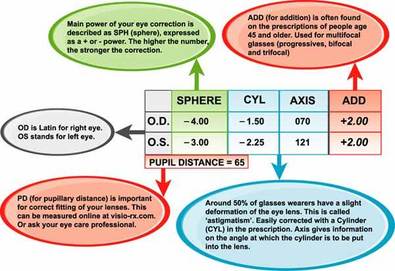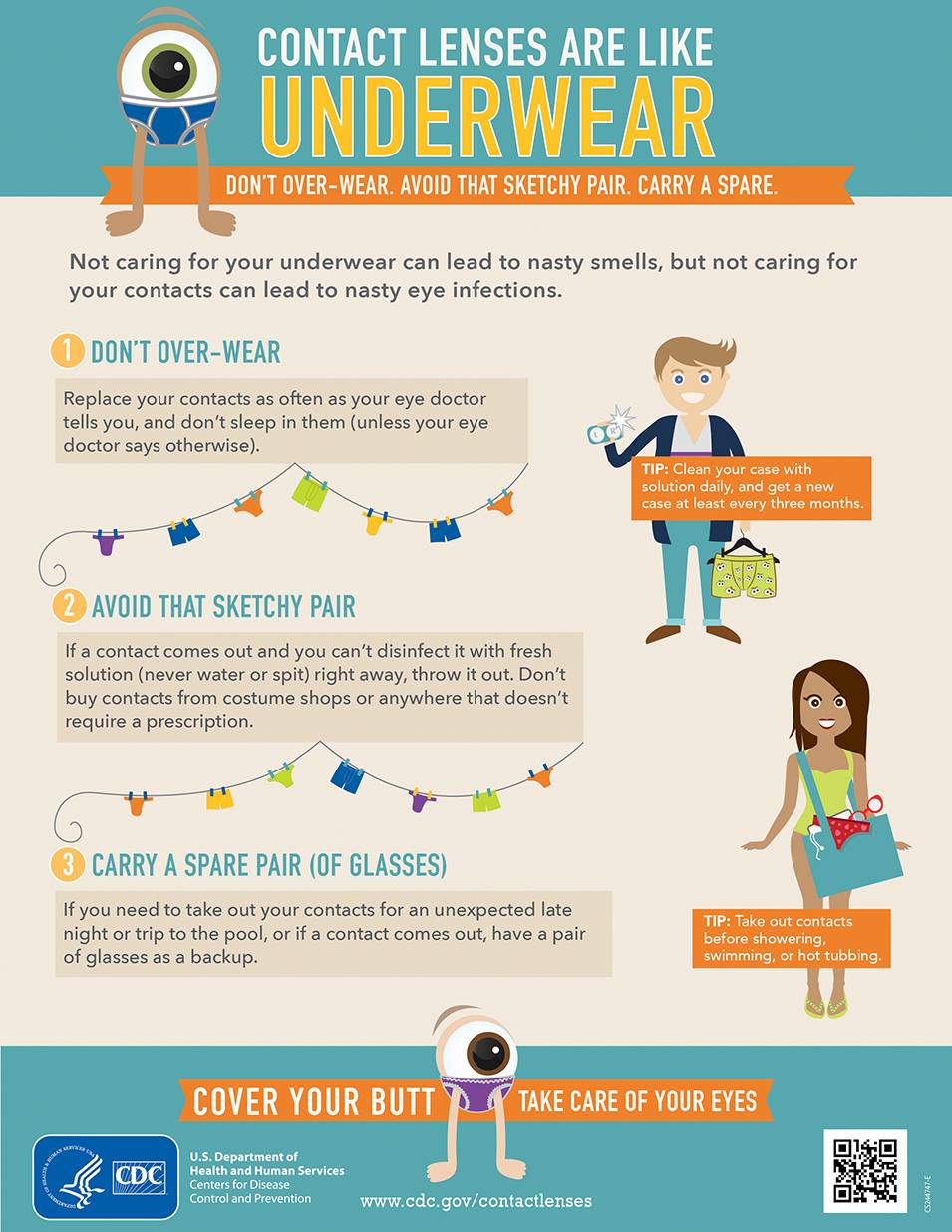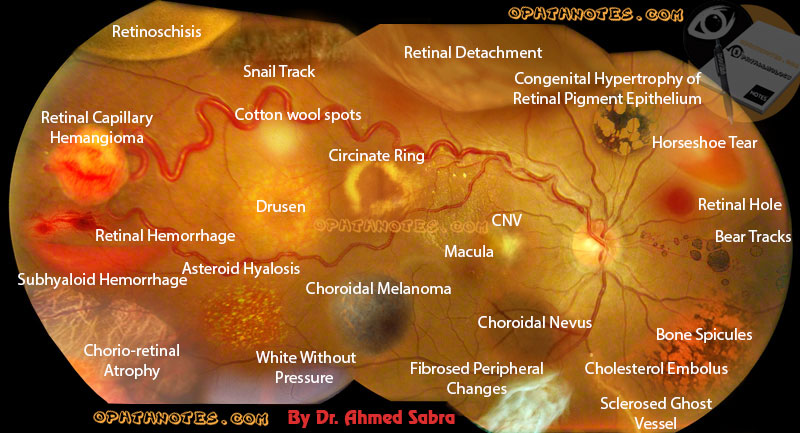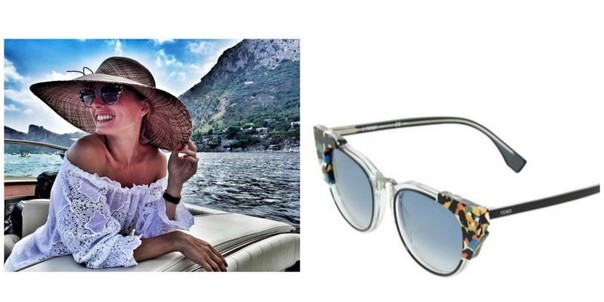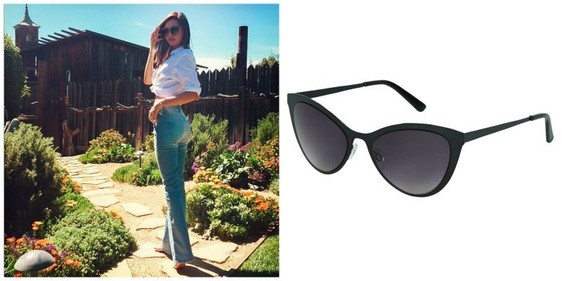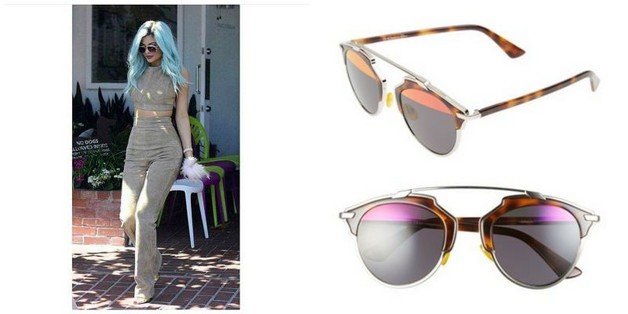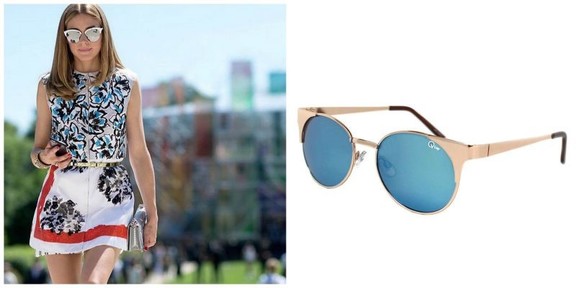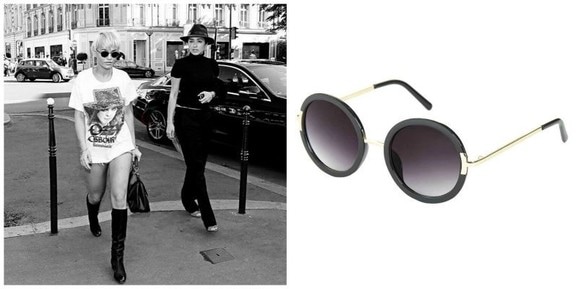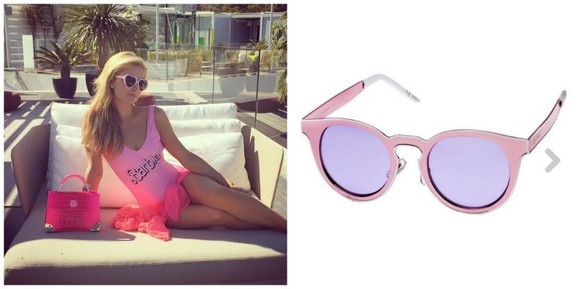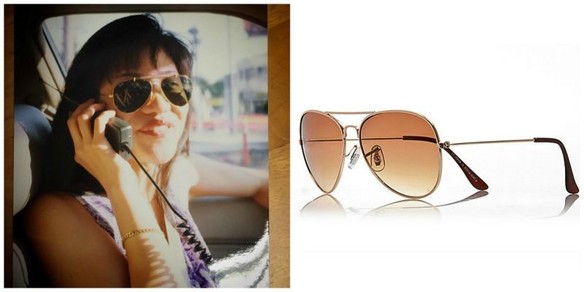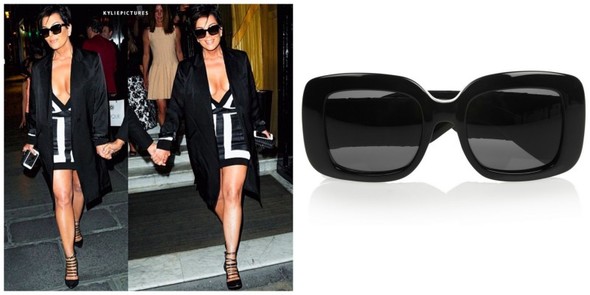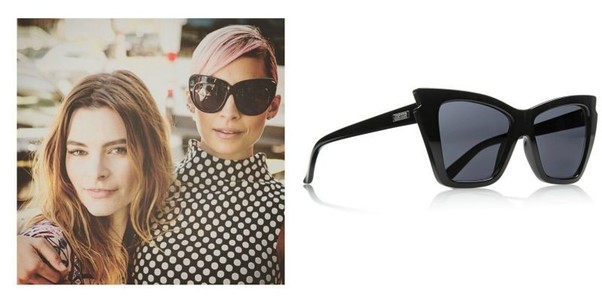There’s no doubt that online shopping can be hard to beat when it comes to selection and pricing. But logging on with your credit card in hand isn’t always your best option. You may also want to think twice about shopping online for certain products or types of products.
“Sometimes it’s smarter to make purchases in person rather than online,” Kiplinger, a Washington, D.C.-based publisher of business forecasts and personal finance advice, reports. “It can be easier to judge quality, for example, rather than relying solely on what you see on a screen. It’s also easier to ensure a good fit. And some items, especially large ones, can be expensive to ship. You’ll pay even more if the seller doesn’t cover return shipping for orders you decide not to keep.
Kiplinger identifies nine things they say you should never buy online. Bicycles are at the top of their list. “The Internet is a great place to research bicycles,” the publishers of the Kiplinger Letter say. “You can read all about bike geometry and the latest carbon fiber frames. But most cyclists should visit a local store to test-ride bicycles before buying.”
Other items on the list include children's shoes, furniture, high-end musical instruments, and even flowers and groceries.
“Ordering flowers online can be convenient, especially if you’re sending an arrangement to someone in another city. However, it’s worth the time to locate a local florist near the recipient because you’ll likely pay less and get a better bouquet for your money.”
As for groceries, “If you want to ensure that you’re getting the choicest meats, fruits, vegetables and dairy items, you should head to your local grocer and pick out everything yourself", says Kiplinger. “After all, can you really count on the employee who fills your online order to select the jug of milk all the way in the back with the longest expiration date? Probably not. Plus, ordering groceries online can be more expensive than buying them yourself from a local store.”
Dr. Kathy Chriqui, a respected eye doctor in Northridge, CA, has something to add to the list of items you should never buy online: prescription eyeglasses. Eyeglasses must be custom-fitted not only for a comfortable fit but also to fit the particular needs of your prescription.
According to the American Optometric Association, “There’s also a lingering question about the quality and safety of prescription eyewear ordered online. In a recent study, researchers discovered that nearly half of all glasses (44.8 percent) ordered online either contained an inaccurate prescription or didn’t meet safety standards designed to protect the eyes.”
Don’t take chances when it comes to your eyes and your precious eyesight. Dr. Chriqui, a leading optometrist in Northridge,and her staff will work with you to make sure you get the glasses that fit you, your prescription your budget.
At Optometrics, you won’t have to sacrifice selection – the Northridge eye clinic has a veritable wall of frames to choose from with everything from children’s frames to the classic Ray Ban Clubmaster celebrities adore.
“Sometimes it’s smarter to make purchases in person rather than online,” Kiplinger, a Washington, D.C.-based publisher of business forecasts and personal finance advice, reports. “It can be easier to judge quality, for example, rather than relying solely on what you see on a screen. It’s also easier to ensure a good fit. And some items, especially large ones, can be expensive to ship. You’ll pay even more if the seller doesn’t cover return shipping for orders you decide not to keep.
Kiplinger identifies nine things they say you should never buy online. Bicycles are at the top of their list. “The Internet is a great place to research bicycles,” the publishers of the Kiplinger Letter say. “You can read all about bike geometry and the latest carbon fiber frames. But most cyclists should visit a local store to test-ride bicycles before buying.”
Other items on the list include children's shoes, furniture, high-end musical instruments, and even flowers and groceries.
“Ordering flowers online can be convenient, especially if you’re sending an arrangement to someone in another city. However, it’s worth the time to locate a local florist near the recipient because you’ll likely pay less and get a better bouquet for your money.”
As for groceries, “If you want to ensure that you’re getting the choicest meats, fruits, vegetables and dairy items, you should head to your local grocer and pick out everything yourself", says Kiplinger. “After all, can you really count on the employee who fills your online order to select the jug of milk all the way in the back with the longest expiration date? Probably not. Plus, ordering groceries online can be more expensive than buying them yourself from a local store.”
Dr. Kathy Chriqui, a respected eye doctor in Northridge, CA, has something to add to the list of items you should never buy online: prescription eyeglasses. Eyeglasses must be custom-fitted not only for a comfortable fit but also to fit the particular needs of your prescription.
According to the American Optometric Association, “There’s also a lingering question about the quality and safety of prescription eyewear ordered online. In a recent study, researchers discovered that nearly half of all glasses (44.8 percent) ordered online either contained an inaccurate prescription or didn’t meet safety standards designed to protect the eyes.”
Don’t take chances when it comes to your eyes and your precious eyesight. Dr. Chriqui, a leading optometrist in Northridge,and her staff will work with you to make sure you get the glasses that fit you, your prescription your budget.
At Optometrics, you won’t have to sacrifice selection – the Northridge eye clinic has a veritable wall of frames to choose from with everything from children’s frames to the classic Ray Ban Clubmaster celebrities adore.

